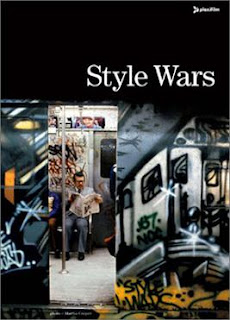Track This: X's "Burning House of Love"

X songs are always up to the challenge of combining various genres in surprising ways. Ostensibly a pop song, "Burning House of Love" channels much of what makes X great at creating songs in different genres that still sound like no one but X. Another love/breakup song that is building on the difficulties of Exene and John Doe's relationship with a propulsive hook and great guitar work from Billy Zoom. The band is road tested, and Doe's vocals transport the listener to the scene, while Exene's backups almost bring a gospel feel to the track. Gospel, rock and roll, and punk combine for the usual stew of excellence with meaningful lyrics.



.jpg)